“In the ancient ruins of Pompeii, a small room has revealed a seldom-seen glimpse into the daily lives of enslaved individuals. Located within the Pompeii Archaeological Park in Torre Annunziata, Italy, this well-preserved room in the Pompeiian suburb of Civita Giuliana has unveiled a trove of rare discoveries, despite previous looting attempts.
Referred to as the “slave room,” this discovery offers a unique perspective within the renowned archaeological site. Gabriel Zuchtriegel, the Park’s General Director, noted that the historical record often focuses on the elite social classes, leaving the experiences of slaves in relative obscurity. However, this recent find, announced on November 6, promises to shed light on the lives of the lowest social class in ancient Rome.
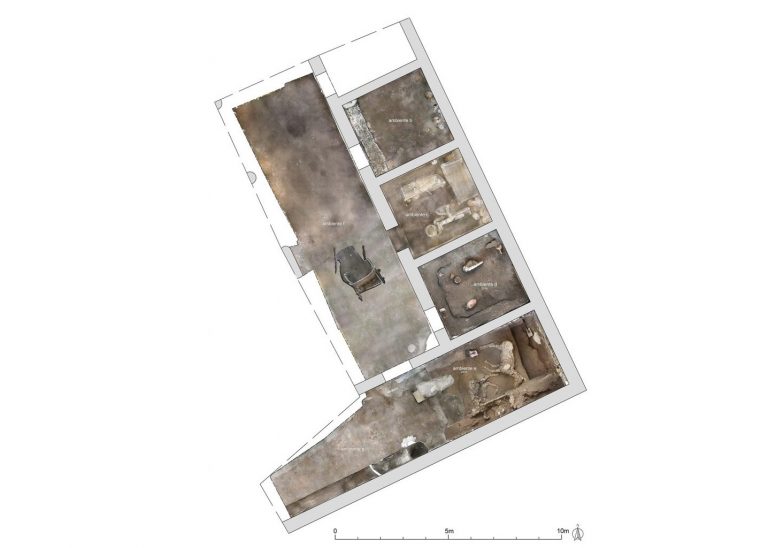
The Pompeii slave room, a modest 16 square meters in size, is described by Zuchtriegel as a “small closet” situated between a stable and a carport-like structure for a chariot. Previous excavations in the stable have uncovered the remains of three horses.
Within the room, a chariot shaft, exceptionally well-preserved by the volcanic ash that engulfed Pompeii during the eruption of Mount Vesuvius in 79 A.D., leans against one of the beds. The room also contains amphorae, ordinary ceramic containers used for personal storage, and a chamber pot.
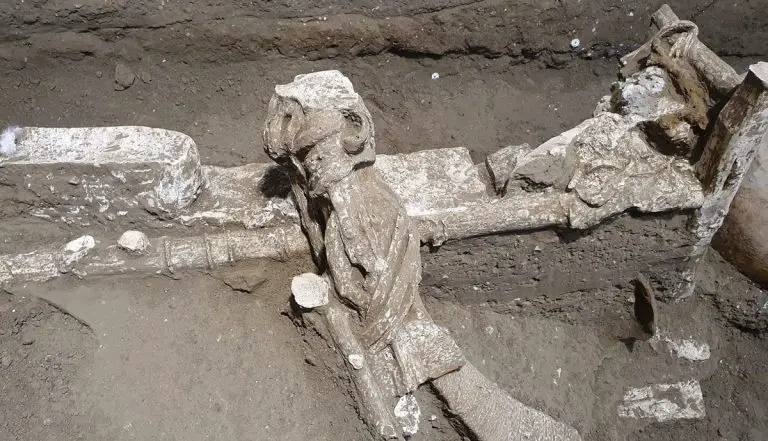
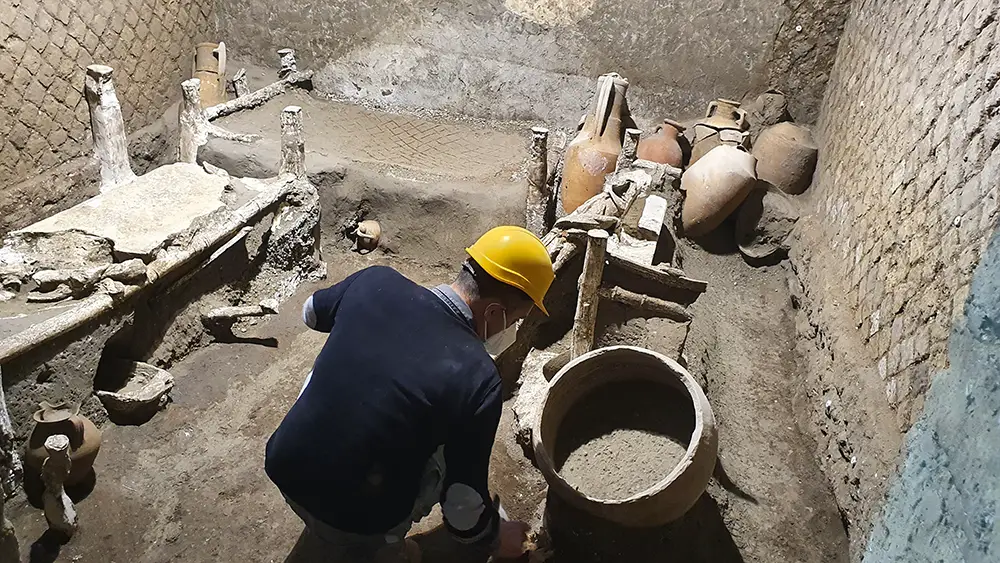
The beds themselves are basic cots of a type Zuchtriegel referred to as “little-known.” Notably, one of the beds is quite small, suggesting the possibility of a family with a child residing here.
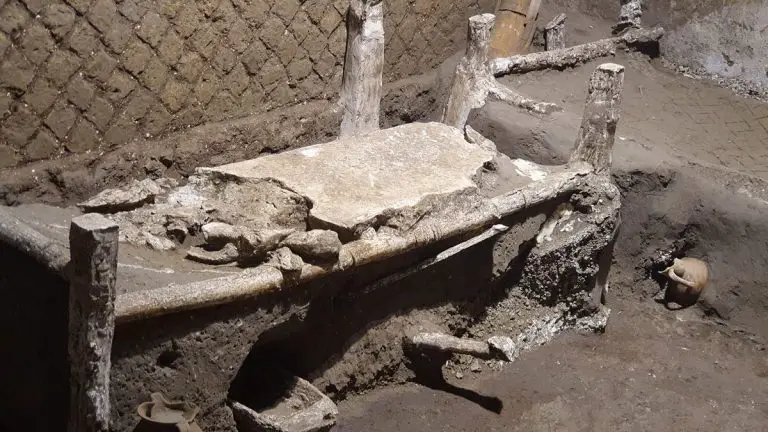
Archaeologists have only just begun to explore the room, but it’s clear that its inhabitants both slept and worked within these confined quarters. Zuchtriegel remarked, “It was undoubtedly a challenging existence in these conditions.”
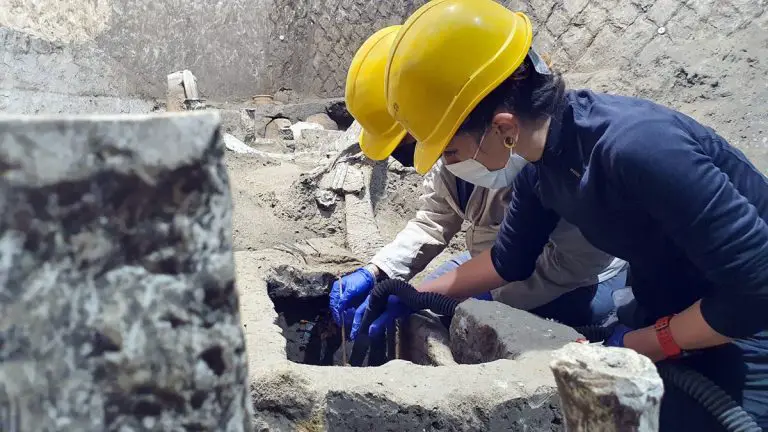
Nunzio Fragliasso, Chief Prosecutor of the Republic of Torre Annunziata, attributed the discovery to a collaborative effort between Park management and the state. He mentioned an ongoing search for a “second cart” without providing further details.
The eruption of Mount Vesuvius buried Pompeii under meters of ash and pumice in 79 A.D. Archaeological endeavors have revealed a wide range of findings, from the preserved remains of Pompeii’s citizens in their final moments to graffiti inscribed in Vulgar Latin.
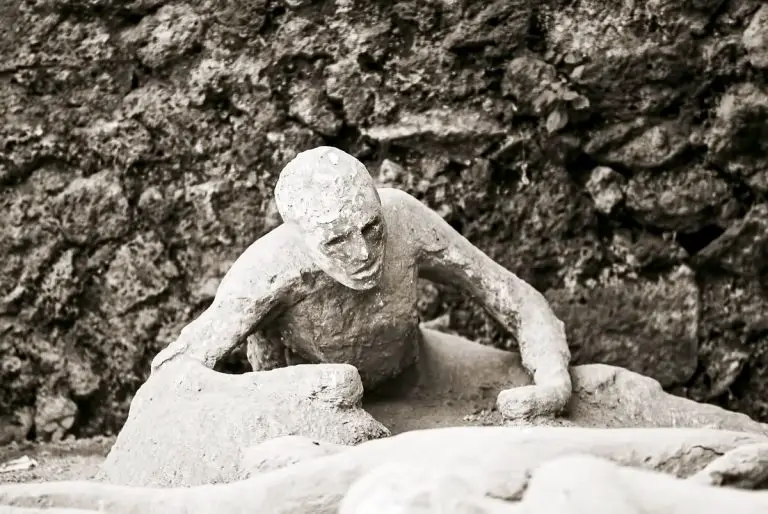
Over the years, illegal treasure hunters and grave robbers have plundered the Villa of Civita Giuliana, the northern suburb containing the slave room. Following a 2017 investigation, excavations in Civita Giuliana have yielded a continuous stream of new discoveries. Illegal tunneling has caused an estimated two million euros in damage to the site, and it’s believed that the Pompeii slave room has also been affected.
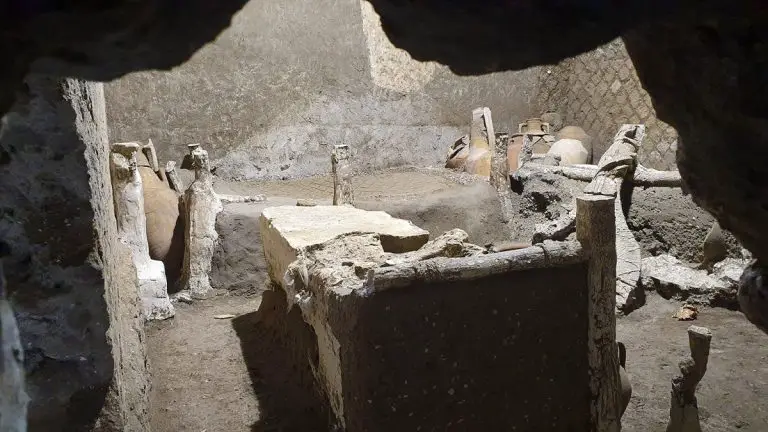
Massimo Osanna, Director General of Italian Museums, which oversees the Pompeii Archaeological Park, emphasized the importance of excavations to protect and preserve the archaeological heritage, allowing us to expand our understanding of the ancient world.”
